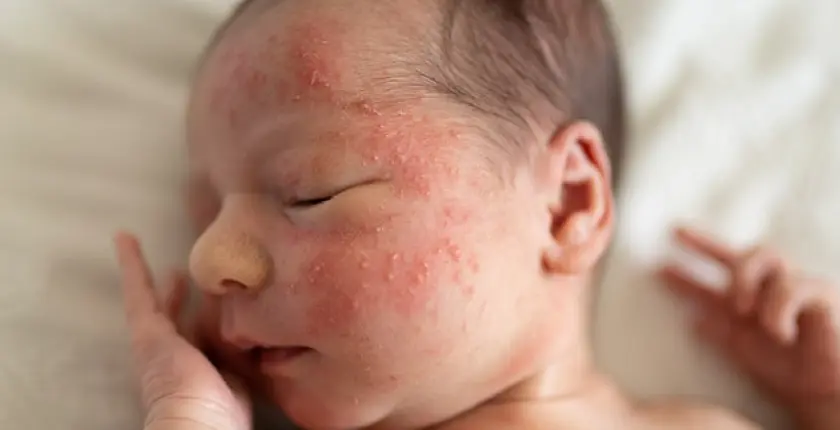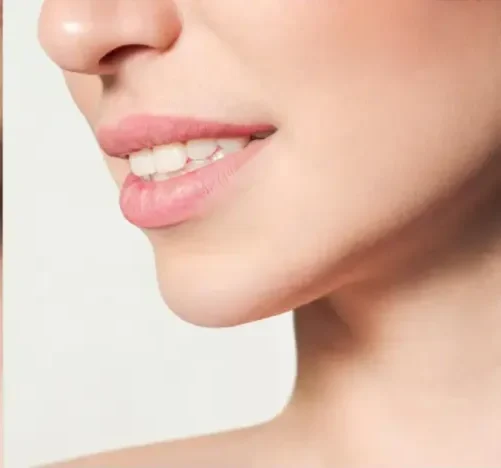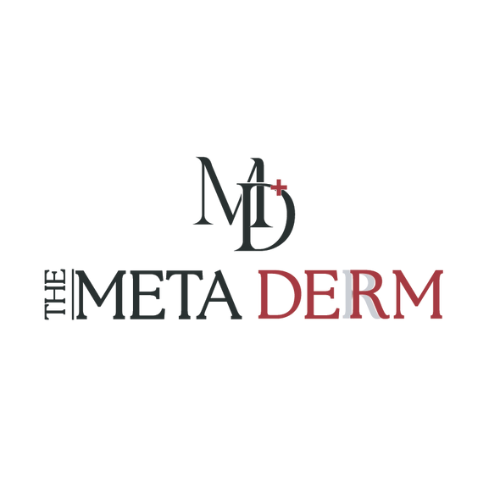Acne in Children
Childhood acne and acne in teenagers can be challenging to treat. Dermatologists utilize a range of simple yet effective treatments, including proper cleansing routines, prescription creams, chemical peels, light therapy, and, in severe cases, systemic therapy. Early intervention is crucial to prevent long-term acne scars.

Key Highlights:
- Some cases of acne improve with proper cleansing, a balanced diet, and basic skincare.
- Phototherapy, extractions, and chemical peels are also effective treatment options.
- Limiting processed foods, sugar, and dairy products can be beneficial.
- Treating acne early can prevent scarring.
- Prompt treatment of acne scars can prevent future scarring.
Acne in Children at a Glance
- Best Results: Variable
- Procedure Duration: 2 to 6 Months
- Result Longevity: Permanent in Most Cases
- Return to Daily Activities: Immediately
- Recovery Time: None
- Blood Tests: Required
- Performed By: Dermatologist
- Cost: ₹ (Consultation required)
Our results speak for themselves






Our pediatric dermatologists specialize in treating all forms of acne, from neonatal (newborn) acne to adolescent acne. We work closely with you to find the best treatment for your child’s acne using non-pharmacologic methods like phototherapy, topical treatments, and chemical peels.
Frequently Asked Questions
While the exact cause of childhood acne isn't fully understood, it is typically linked to:
- Hormonal changes during puberty
- Increased levels of male hormones (androgens), which increase oil production and can block pores
- High humidity and sweating
- Certain medications, such as corticosteroids, can worsen acne
- Neonatal acne can result from hormones transferred via the placenta or breastfeeding
- Diets high in dairy, sugar, and refined foods
You should consider seeing a pediatric dermatologist for acne if:
- Acne shows signs of scarring.
- Acne doesn’t improve after 8 weeks of treatment.
- Your child is emotionally distressed by their acne, which can impact self-esteem during adolescence.
Determining whether to use medication depends on a careful risk-benefit analysis for each case. Factors like age, development, and clinical findings are considered when prescribing treatment. Acne medication is prescribed in exceptional cases of severe cystic acne that do not respond to other treatments. Gentle acne care for children is essential.
Acne treatment for kids — effective and safe treatment of acne is key to preventing scars. Early intervention can make a significant difference. Depending on the scar's age and type, we may use different energy devices such as:
- MNRF (Microneedling Radiofrequency): Ideal for atrophic (depressed) scars.
- Vbeam lasers: Help treat redness and post-inflammatory erythema (PIE).
- Pico lasers: Most effective for brown or hyperpigmented scars.

